The interactive, living legacy of the father of African Modernism, the late Professor Christopher Uchefuna Okeke (1933-2016)
Often when you visit an exhibition, you get to eyeball the artworks, but that’s as far as your interaction with them goes. You are kept at arm’s length under the watchful gaze of security cameras, gallery personnel, and even guards.
However, there are instances where visitors get to interact directly with the artwork in both a sanctioned and unsanctioned way. From the sanctioned group, there are the likes of Felix Gonzalez-Torres’s “candy work” series. In this work, you are actually encouraged to take one of the shiny wrapped bonbons from a 175 lb pile of sweets which constitutes the work. The “candy work” series references the ideal weight of a man and the loss of mass as in the case of Torres’s lover who died from HIV/AIDS. Another interactive example is the conceptual happenings of Marina Abramović where you get to interact with the artist’s actual physical being, putting the artist at considerable risk.
Then there’s the unsanctioned group, which includes activists and the mentally challenged, and everything in between. The activists of the Just Stop Oil climate campaign group threw tomato soup on Vincent van Gogh’s Sunflowers in London’s National Gallery and then glued their hands to the wall beneath the painting, protesting climate change. In Tokyo’s National Museum, a physically disabled woman, angered by the museum’s policy for the disabled, sprayed red paint at the Mona Lisa. In response to being turned away when he arrived at the museum at closing time, a mentally challenged man, William de Rijk, sliced into Rembrandt’s The Night Watch. And so it goes.
While you can view Professor Christopher Uchefuna Okeke’s work in the flesh at galleries like MoMA and the Tate, it’s always at arm’s length, and there will be nothing interactive in your viewing. But it’s interaction in the form of the viewer’s direct involvement and participation which underpins the father of African modernism’s Living Legacy.
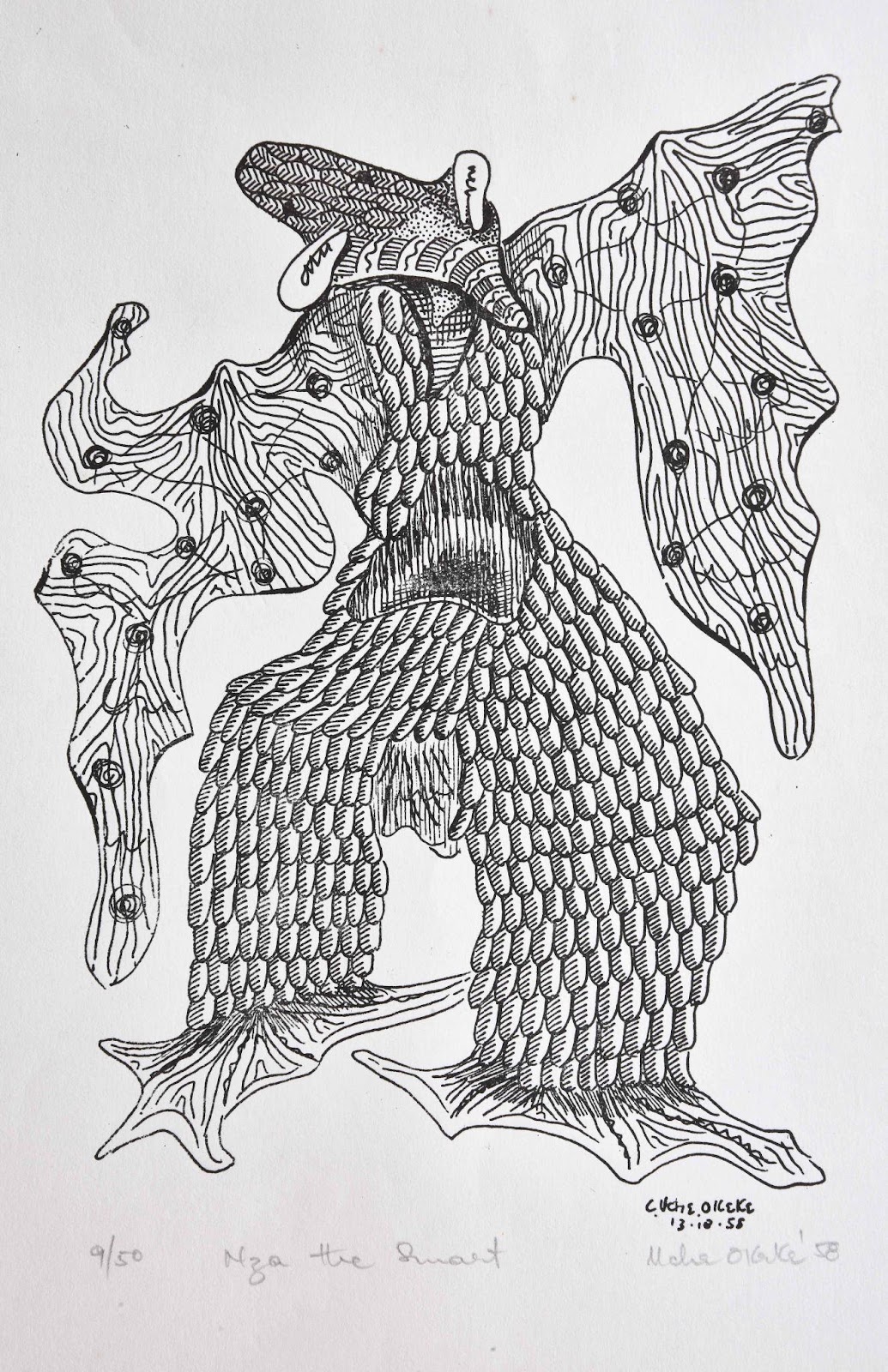
The holding platform for Okeke’s legacy is a website highlighting a comprehensive and careful selection of works that best reflect his particular ethos and context, and, to further reflect his spirit, UOL (Christopher Uchefuna Okeke Legacy) have created an online community space in Discord where the audience can participate in Resonance of Imagination: A Collaborative Adventure. This new and ongoing collaborative project utilises Generative AI to give participants the opportunity to interact with a few of these works as Collaborators via their Discord server’s Generative AI channel, accessed through the Community page on the website. Collaborators can choose from a versatile selection: from one of Okeke’s drawings or brightly colored paintings to monochromatic pieces in a variety of mediums. Once a collaborator has registered via the Generative AI channel they can make changes using the specially developed Christopher Uchefuna Okeke Helper bot, thereby engaging with the creative spirit underlying Okeke and his primary creations – adding their own flavor at the same time. These Collaborations will be assessed by a panel and the finalists, which will be announced throughout the progression of the project, will have their pieces minted as official Collaboration NFT works and made available for purchase on the Artfundi Marketplace. Finalists will receive a 50 percent commission from the sale.

So who was Professor Christopher Uchefuna Okeke ? For starters, he was the father of African Modernism. He also reintroduced the traditional Igbo Uli style and was one of the founder members of the Natural Synthesis movement.
His daughter Salma Uche-Okeke explains that traditionally it was the responsibility of the eldest son to continue the cultural customs leaving the youngest free. Like his father, Okeke was the youngest son. Their position in the family meant that because neither of them were yoked to tradition, and in particular, they could leave their immediate locality. Both were open to the influence of diversity from people from other parts of Nigeria. The big names from Okeke’s generation “had big interests rather than (with) the immediate.” She explains that “during that time there was a kind of renaissance going on all over the world, and the beginnings of globalization were being felt.”
For those who knew him, Okeke was an approachable mentor to both young and old. He was a man who treated the little people and the prominent ones equally. He could have been a doctor or a lawyer, as his mother wished. However, already in secondary school where he became involved in mural making, he was infected by the creative bug. Salma describes her father as a sponge. He was “constantly trying to learn more about the past and the present and trying to extrapolate it into the future.”
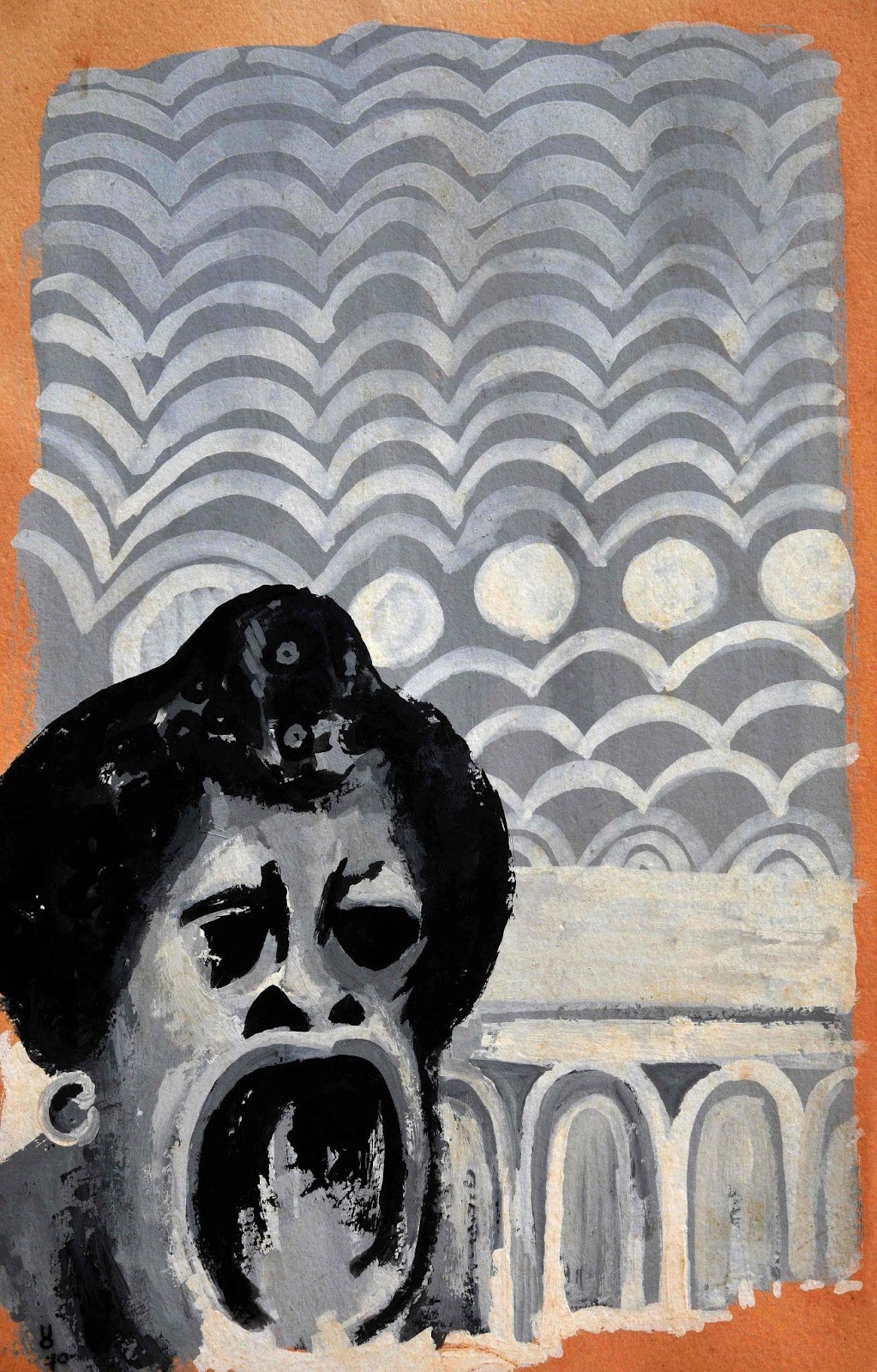
For his daughters, growing up with him and acknowledging that they may have taken things for granted. However, one thing they were sure about was that their father was unique. “For us, he was the man who encouraged us to make our own life decisions knowing that we would be responsible for whatever decisions we took,” Salma explained. There is seamlessness between the personal legacy his children inherited and the public legacy. “One of the most important things I learnt from him,” said Salma, “was to live a life of purpose, to make sure that your life counted, to make sure that there is something you are leaving behind. You may not be the beginner of the idea but you have helped to develop it further and added a little more value to humanity.”
Okeke was born in Nimo, Southeast Nigeria. His life spanned 3 major events in Nigeria. He lived through 30 years of British colonization, Nigeria’s liberation in 1960, and the post-independence 3-year Nigerian Biafran civil war between the government of Nigeria and the antagonist state of Biafra.
A decade before Nigerian independence, Okeke and four other artists and art students from the technikon developed an approach called Natural Synthesis. This approach was a merging of or hybrid of western and Nigerian traditions and cultures including Yoruba Igbo, Urhobo, as well as bible stories, local histories, and indigenous traditions to create a modernist vocabulary informing a post-independence identity. This was seen as a rebellion against the focus of westernized teaching of art in academia and a way of restoring dignity to colonized people.
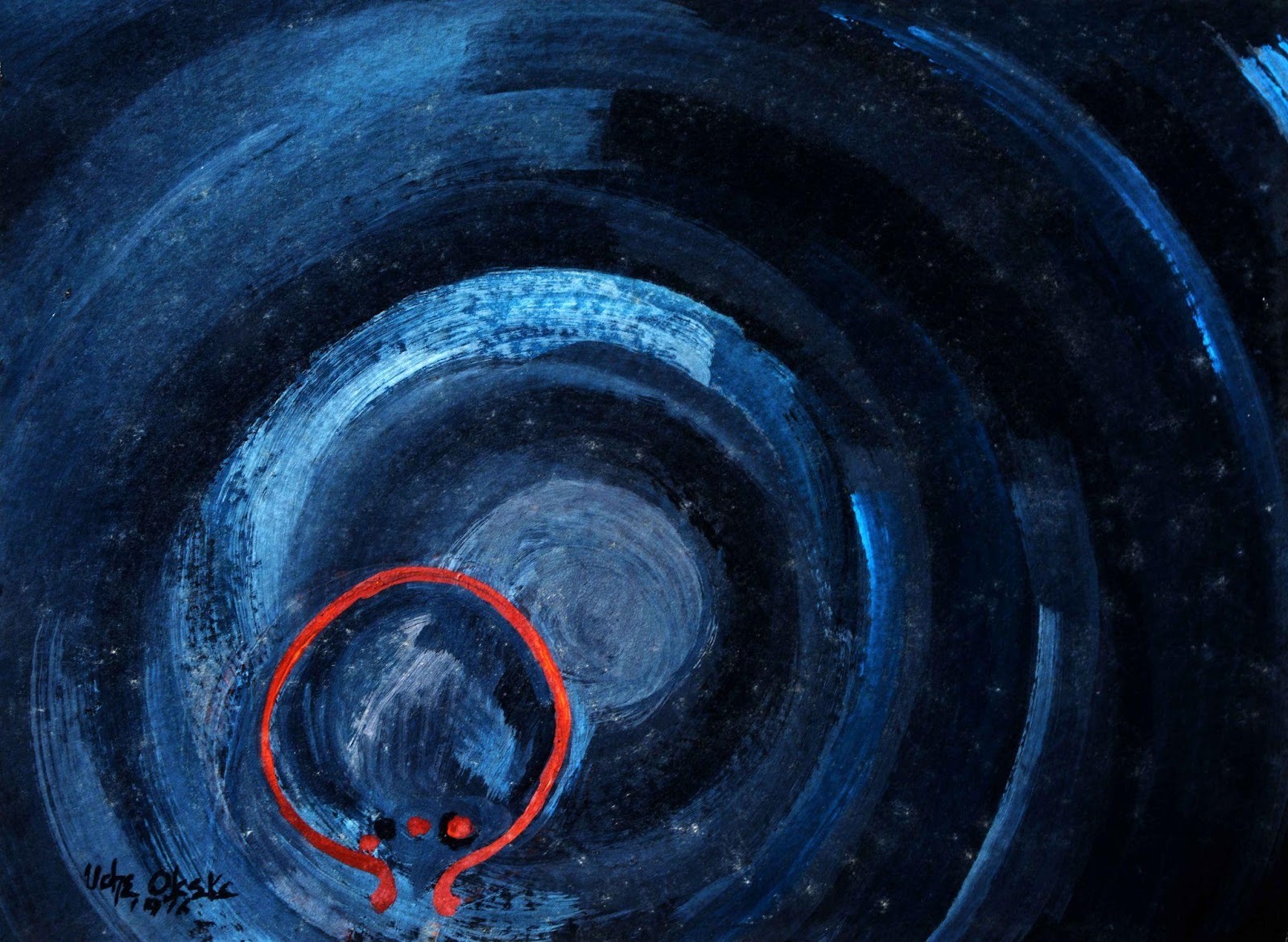
The late Ola Oloidi, professor of Fine Arts at the University of Nigeria Nsukka, believed that Okeke’s most creative achievement was the modernization of the traditional Igbo Uli art. Uli art has been described as “a line going towards a void.” Okeke learned its form from his Igbo mother who was also a midwife and traditional healer. Salma explains that the style was used to decorate bodies and traditional mud houses. The lines themselves could carry messages and are a language that includes both the aesthetic and the spiritual. Being the endless researcher and intellectual he was, right up until his stroke, Okeke was still investigating traditional and cultural forms.
Okeke’s living legacy generative AI collaboration is now open for public participation. To find out more, visit https://ucheokekelagacy.artfundi.tech/viewing-rooms/resonance-of-imagination-a-collaborative-adventure to engage with this mover-shaker, be influenced to find your own interpretation and respond interactively.
Now isn’t that what a living legacy is all about?
Summary of 'The Interactive, Living Legacy of Professor Christopher Uche Okeke'
| Section | Key Points |
|---|---|
| Interactive Art Experiences | Discussion on interactive art forms like Felix Gonzalez-Torres's "candy work" and Marina Abramović's performances; contrasts with unsanctioned art interactions like protests. |
| Professor Okeke's Work in Galleries | Views on experiencing Okeke's work traditionally in galleries like MoMA and the Tate; mentions the lack of interaction in these settings. |
| Okeke's Living Legacy | Introduction to Uche Okeke Legacy (UOL) website and Discord community; "Resonance of Imagination: A Collaborative Adventure" project using Generative AI. |
| Background of Professor Okeke | Highlights Okeke as the father of African Modernism, his influence on Igbo Uli style and the Natural Synthesis movement; personal anecdotes from his daughter Salma. |
| Okeke's Personal and Artistic Influence | Insights into Okeke's early life, his creative journey, and the impact of his personal and public legacy. |
| Okeke's Cultural and Historical Impact | Discusses Okeke's response to major Nigerian events; his role in developing Natural Synthesis and modernizing Uli art. |
| Participation in Okeke's Legacy | Invitation to engage with Okeke's legacy through the generative AI collaboration and understanding the essence of a living legacy. |

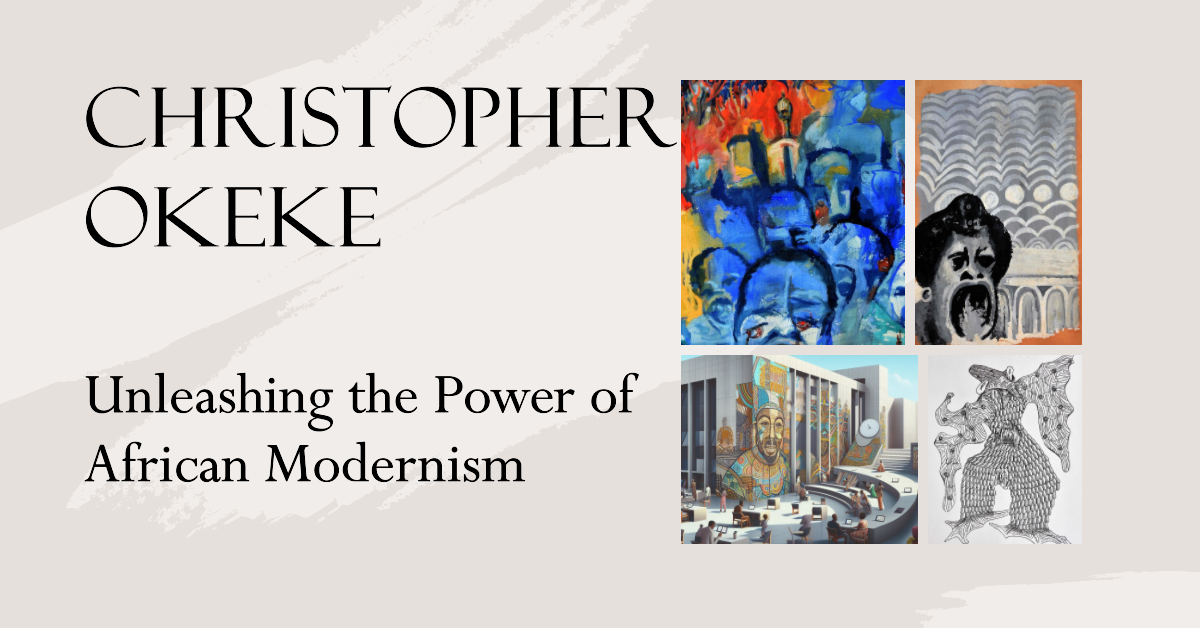

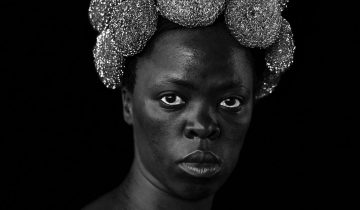
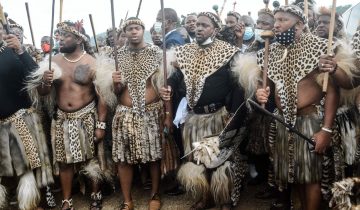
 No products in the basket.
No products in the basket.